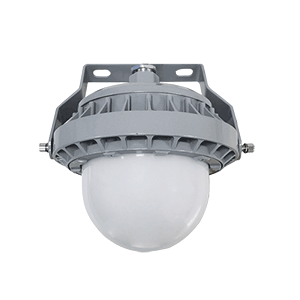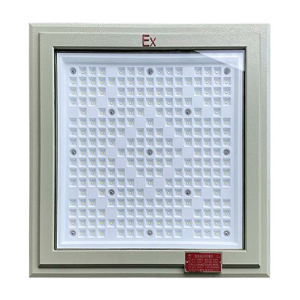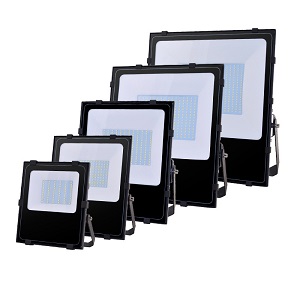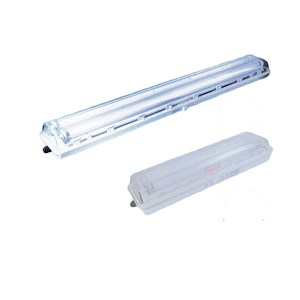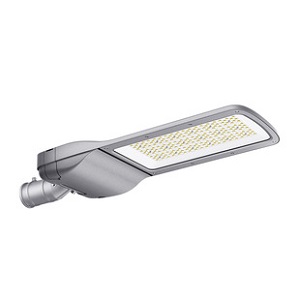Which batteries can be used in explosion proof lights and explosion proof electrical equipment?

What kind of batteries can be used in explosion proof lights and explosion-proof electrical equipment? Table 13 and Table 14 of GB/T 3836.1-2021 “Explosive atmospheres Part 1: General requirements for equipment” list all batteries suitable for installation in explosion-proof equipment.
Table 13 Primary batteries
Battery Type Specifications (GB/T 8897.1)
| Type | Cathode | Electrolyte | Anode | Nominal Voltage(V) | Max. Open Circuit Voltage(V) |
|---|---|---|---|---|---|
| – | Manganese dioxide (MnO₂) | Ammonium chloride, Zinc chloride | Zinc (Zn) | 1.5 | 1.725 |
| A | Oxygen (O₂) | Ammonium chloride, Zinc chloride | Zinc (Zn) | 1.4 | 1.55 |
| B | Poly(carbon monofluoride) ((CFₓ)) | Organic electrolyte | Lithium (Li) | 3 | 3.7 |
| C | Manganese dioxide (MnO₂) | Organic electrolyte | Lithium (Li) | 3 | 3.7 |
| E | Thionyl chloride (SOCl₂) | Non-aqueous inorganic | Lithium (Li) | 3.6 | 3.9 |
| F | Iron disulfide (FeS₂) | Organic electrolyte | Lithium (Li) | 1.5 | 1.83 |
| G | Copper(II) oxide (CuO) | Organic electrolyte | Lithium (Li) | 1.5 | 2.3 |
| L | Manganese dioxide (MnO₂) | Alkali metal hydroxide | Zinc (Zn) | 1.5 | 1.65 |
| P | Oxygen (O₂) | Alkali metal hydroxide | Zinc (Zn) | 1.4 | 1.68 |
| S | Silver oxide (Ag₂O) | Alkali metal hydroxide | Zinc (Zn) | 1.55 | 1.63 |
| W | Sulfur dioxide (SO₂) | Non-aqueous organic | Lithium (Li) | 3.0 | 3.0 |
| Y | Sulfuryl chloride (SO₂Cl₂) | Non-aqueous inorganic | Lithium (Li) | 3.9 | 4.1 |
| Z | Nickel oxyhydroxide (NiOOH) | Alkali metal hydroxide | Zinc (Zn) | 1.5 | 1.78 |
Notes:
- Not all cell constructions are suitable for every type of explosion protection. Refer to specific explosion protection standards.
- GB/T 8897.1 includes zinc/manganese dioxide batteries without type letter classification.
- Electrochemical data sourced from IEC 60086-1:2006, corresponding to national standard GB/T 8897.1-2008.
- Nominal voltage values are provided for reference only and cannot be verified.
- Studies indicate some primary lithium-ion cells (especially spirally wound constructions) may act as ignition sources for exothermic chemical reactions.
Table 14 Storage batteries
Table 1: Lithium-ion Battery Systems Parameters
| Cathode Material | Chemical Formula | Electrolyte Type | Anode Material | Chemical Formula | Nominal Voltage (V) | Max. Open Circuit Voltage (V) |
|---|---|---|---|---|---|---|
| (NCA) Li Ni-Co-Al | (NiCoAl)O₂ | Li-salt + organic solvent solution/gel polymer | Carbon | – | 3.6 | 4.2 |
| (NCA) Li Ni-Co-Al | (NiCoAl)O₂ | Same as above | Lithium Titanate | Li₄Ti₅O₁₂ | 2.3 | 2.7 |
| (NMC) Li Ni-Mn-Co | (NiMnCo)O₂ | Same as above | Carbon | – | 3.7 | 4.35 |
| (NMC) Li Ni-Mn-Co | (NiMnCo)O₂ | Same as above | Lithium Titanate | Li₄Ti₅O₁₂ | 2.4 | 2.85 |
| (LMO) Li-Mn Oxide | LiMn₂O₄ | Same as above | Carbon | – | 3.6 | 4.3 |
| (LMO) Li-Mn Oxide | LiMn₂O₄ | Same as above | Lithium Titanate | Li₄Ti₅O₁₂ | 2.3 | 2.8 |
| (LCO) Li-Cobalt Oxide | LiCoO₂ | Same as above | Carbon | – | 3.6 | 4.2 |
| (LCO) Li-Cobalt Oxide | LiCoO₂ | Same as above | Lithium Titanate | Li₄Ti₅O₁₂ | 2.3 | 2.7 |
| (LFP) Li-Fe Phosphate | LiFePO₄ | Same as above | Carbon | – | 3.3 | 3.6 |
| (LFP) Li-Fe Phosphate | LiFePO₄ | Same as above | Lithium Titanate | Li₄Ti₅O₁₂ | 2.0 | 2.1 |
Table 2: Traditional Battery Systems Parameters
| Type | Cathode | Electrolyte | Anode | Nominal Voltage (V) | Max. Open Circuit Voltage (V) |
|---|---|---|---|---|---|
| Lead-acid (Flooded)* | Lead Oxide | Sulfuric acid (SG 1.25~1.32) | Lead | 2.2 | 2.67/2.35 |
| Lead-acid (VRLA)* | Lead Oxide | Sulfuric acid (SG 1.25~1.32) | Lead | 2.2 | 2.35* |
| Nickel-Cadmium* | NiOOH | Potassium hydroxide (SG 1.3) | Cadmium | 1.3 | 1.55 |
| Nickel-Metal Hydride* | NiOOH | Potassium hydroxide (SG 1.3) | Metal Hydride | 1.3 | 1.55 |
Notes:
- Not all cell structures are suitable for all explosion-proof types. Refer to specific explosion-proof standards.
- Lead-acid electrochemical data from Linden’s Handbook of Batteries (4th ed).
- Ni-Cd/Ni-MH data from IEC 61951-1/2, IEC 60622/623 & Linden’s Handbook (4th ed). National standards: GB/T 22084.1/2, GB/T 28867, GB/T 15142.
- Li-ion/Li-metal data from IEC 61960 & Linden’s Handbook (4th ed). National standard: GB/T 30426.
- Recent research shows some high-capacity Li-ion batteries (especially LCO cathodes with spiral structures) may act as strong oxidizers and ignition sources for exothermic reactions.
General:
- Wet cell: Contains refillable liquid electrolyte
- Dry cell: Contains immobilized electrolyte
- Voltage values:
- Nominal voltage: Used for temperature, creepage and clearance assessments (excluding spark hazard)
- Max. OCV: Used for spark hazard assessment (manufacturer data takes precedence if higher)
- All systems use constant current charging techniques
The above is GB/T 3836.1-2021 can be applied to explosion proof lights and explosion-proof equipment in all batteries, but in the specific explosion proof lights and explosion-proof electrical equipment need to be based on the actual application of the place and explosion-proof level to determine whether the battery can be used, for example, in the underground electrical equipment shall not be used in the capacity of more than 1 Ah lithium cobalt cobalt acid batteries, then in the Ⅰ type of products in the use of this type of batteries is is restricted. Generally speaking, the larger the battery capacity, the stronger the exothermic chemical reaction. Therefore, the parallel connection of batteries is minimized in the intrinsically safe devices for class Ⅱ plants.

